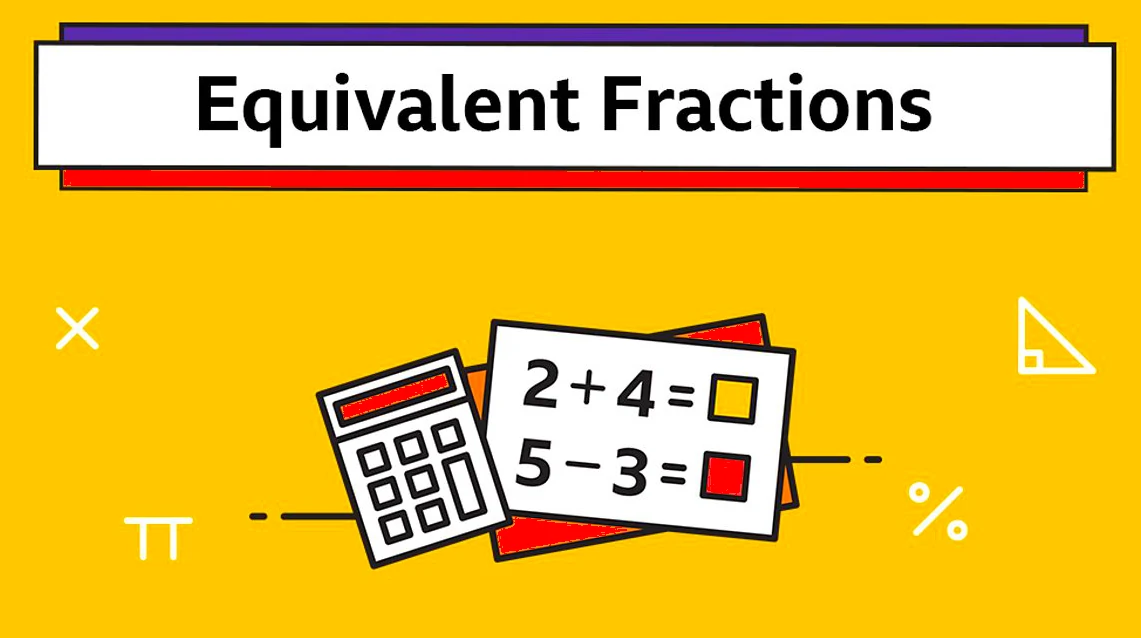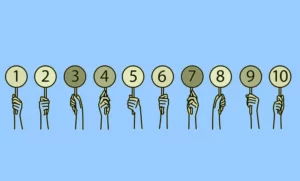what are equivalent fractions, Equivalent fractions are fractions that represent the same part of a whole or the same value, even though they may look different. In other words, equivalent fractions have the same overall value but are expressed with different numerators and denominators.

Here’s an example:
- 12 and 24 are equivalent fractions.
To show that these fractions are equivalent, you can simplify 24 by dividing both the numerator and denominator by their greatest common factor, which is 2:
24=2÷24÷2=12
So, 12 and 24 are equivalent fractions because they represent the same portion of a whole.
What is Number in Maths – Examples, FAQs
Here are a few methods to find equivalent fractions:
- Multiplying or Dividing Numerator and Denominator by the Same Number:
- 12 is equivalent to 24 by multiplying both the numerator and denominator of 12 by 2.
- Simplifying Fractions:
- 48 is equivalent to 12 by dividing both the numerator and denominator by their greatest common factor, which is 4.
- Cross Multiplication:
- 23 is equivalent to 46 because if you cross multiply (2 * 6 = 4 * 3), you get the same result.
In general, you can create equivalent fractions by multiplying or dividing both the numerator and denominator of a fraction by the same non-zero number.




